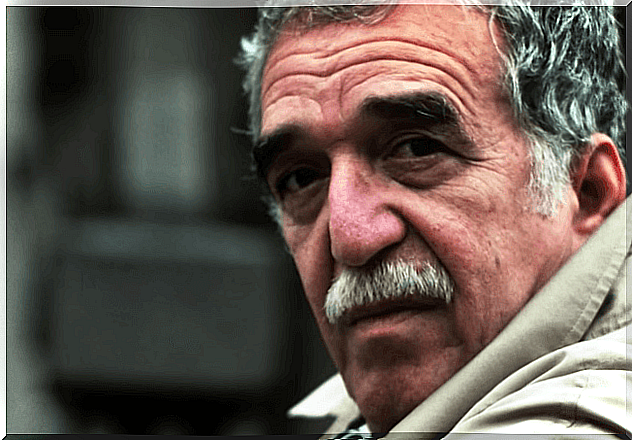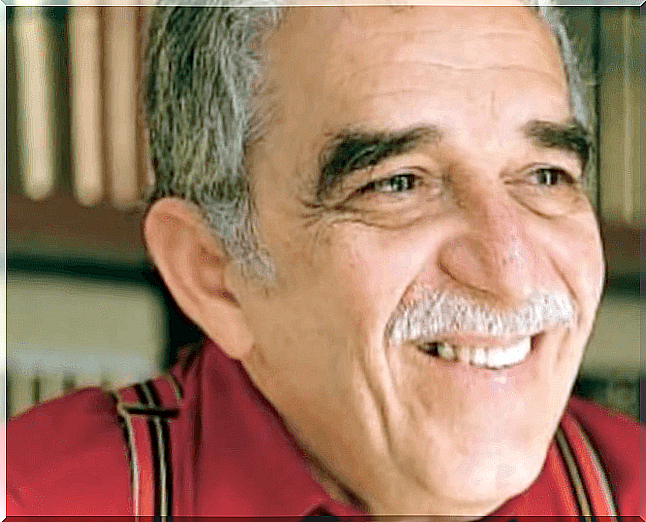Gabriel García Márquez: Biography And Magical Realism

In this article, we have decided to immerse ourselves in the life and work of this Colombian novelist, considered one of the best writers of the 20th century: Gabriel García Márquez, Gabo, as he is affectionately known. With millions of readers around the world, his masterful ability to combine magical elements with the most realistic sociocultural settings earned him entry into a style known as magical realism.
In his books, García Márquez unites the past, the present and the future in an extraordinary way. All his work is full of historical events with strong political, cultural and social connotations that converge with fiction and supernatural events. As a result, we find his novels not only fascinating from a fictional point of view, but also moving thanks to a point of reflection on the feelings of a society that he managed to capture so wonderfully.
Gabriel García Márquez is one of those authors with an incredible ability to handle the concept of time and death. His books are full of stories in which time is something mutable. Their stories travel from the present to the past to return again in a beautiful and tremendously fluid narrative line.
His footprint goes beyond the borders of our language and has managed to captivate international audiences and critics. He is considered one of the best authors in the Spanish language. His work One Hundred Years of Solitude has been equated with other classics of our language such as Don Quixote or La Celestina .

His early life
Gabriel García Márquez was born in Colombia in 1927; his father was a pharmacist and his maternal grandfather, a military man. He was the son of a large family, he had 11 siblings. Little Gabriel was raised by his grandparents, in a house where they enjoyed reading and tales from local folklore, with a significant abundance of stories of dead ancestors, premonitions, ghosts and omens.
He was a brilliant student since he was a child and, although he had doubts about the professional career he wanted to pursue, he ended up choosing to study Law at the National University of Colombia. It was in this period when he began to write and published some of his stories in the newspaper El spectator at the end of the 1940s.
However, he ended up dropping out of law studies, which he detested, and moved to Barranquilla, where he wrote as a columnist for a newspaper . He published his first novel in 1955, La Hojarasca , which takes place in Macondo, an invented city that would appear again in his books. At a party, he met his future wife, also the daughter of an apothecary, Mercedes Barcha, when she was still a student. They married in 1958 and had two children.
Gabriel García Márquez and fame
In 1961, he published El colonel has no one to write to him and just a year later La mala hora was released . Already in 1967, he launched his novel One Hundred Years of Solitude , which would become one of his best-known novels. In a single week, it sold more than 8,000 copies, was translated into 25 languages, and received several international awards.
This work was followed by History of a Shipwrecked Man, Chronicle of a Death Foretold, Blue Dog Eyes, Of Love and Other Demons and many others. In 1985, he published Love in the Times of Cholera , a work based on the love story of his own parents. These are just some of his most recognized titles, his literary production was prolific and of unimaginable editorial success.
His work is a reflection of the cultural and social reality of Colombia and Latin America. His success and his literary quality were such that, in 1982, he was awarded one of the greatest awards of international prestige: the Nobel Prize for Literature.
Gabriel García Márquez was diagnosed with cancer that, after years of struggle, managed to subside and, at that moment, he decided to write his memoirs. Pneumonia would inevitably take him away in 2014, at 87 years of age.

An extraordinary legacy
Despite being well known for his link to magical realism, he wrote many non-fiction works strongly influenced by realistic themes. His work has been described as imperishable and marked by great social commitment.
Politics played an important role in his novels and was the way he expressed his opinions in fictional contexts. He managed to capture the importance for him of social and political commitment as a crucial issue in the life of his country and its people. During the speech he gave at the delivery of his Nobel Prize, García Márquez stated:
Without a doubt, Gabo was a literary reference and an example of political and social commitment that was reflected in his unbeatable work.









